
10 Tips and Tricks for Designing Multicolor Flow Cytometry Panels
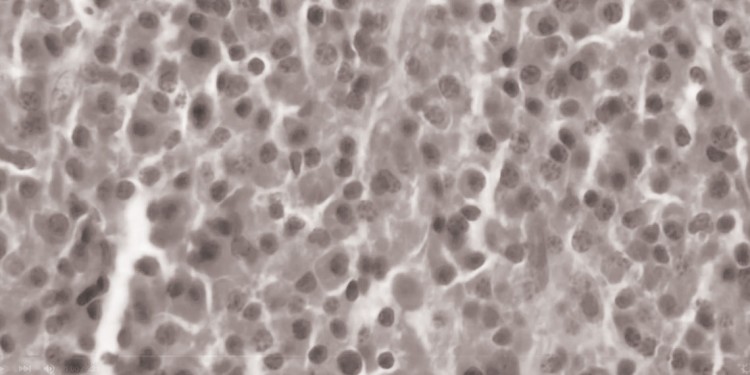
Protocol: Preparation of Cells for Flow Cytometry
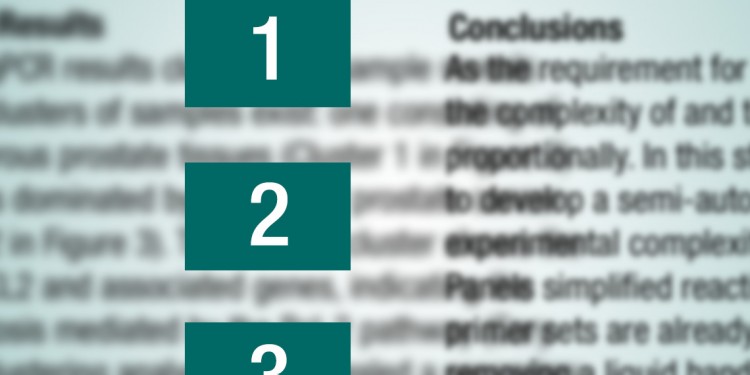
Get Published! 10 Tips for Getting Published Successfully
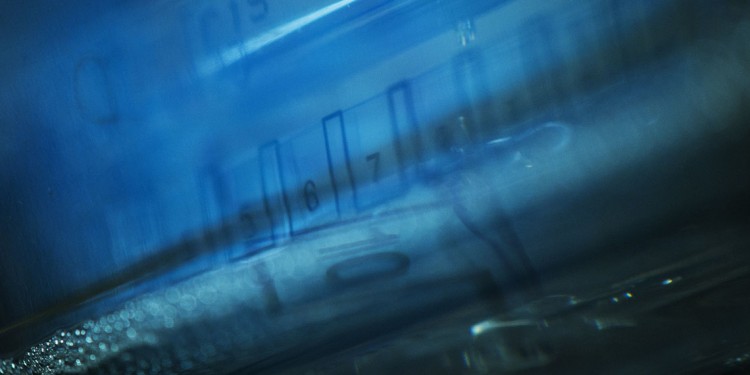
7 Tips for Choosing the Right Antibody for Western Blotting
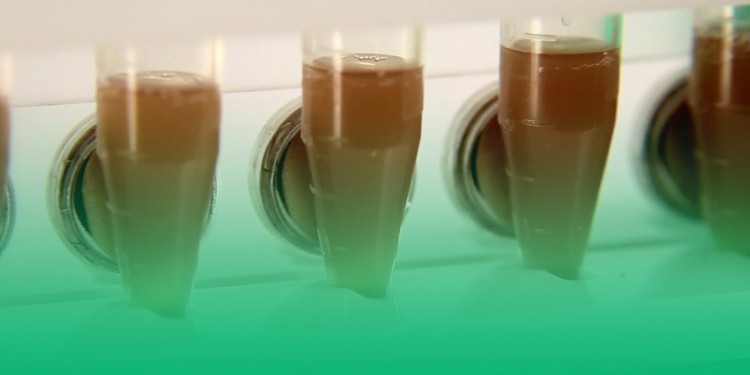
SureBeads™ Magnetic Beads Standard Immunoprecipitation Protocol
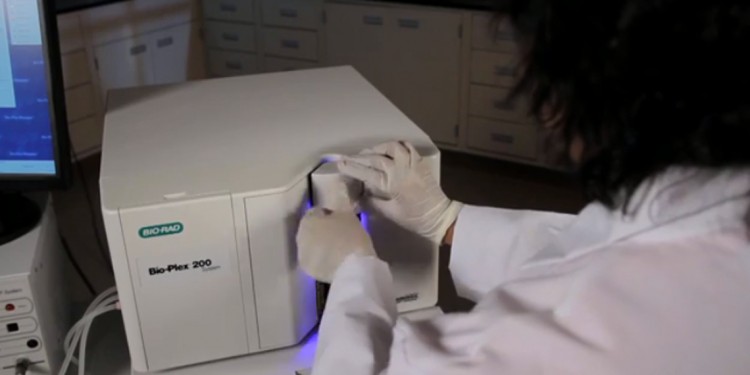
Troubleshooting the Bio-Plex® 200 Multiplex Immunoassay System: Device Time-Out
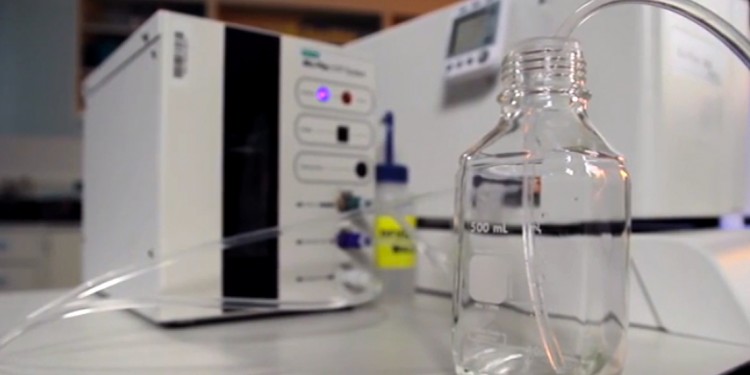
Troubleshooting the Bio-Plex® 200 Multiplex Immunoassay System: HTF Alarm
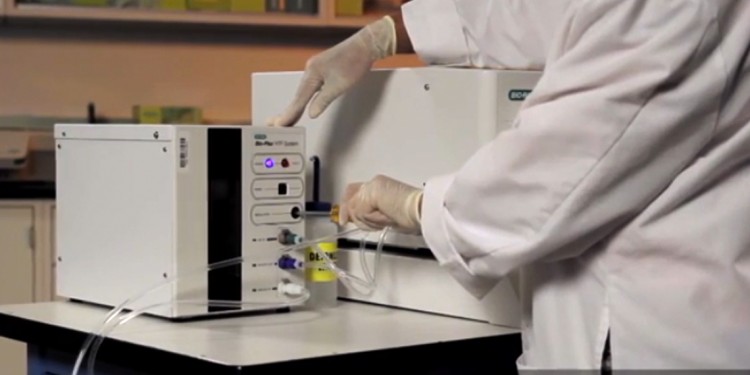
Troubleshooting the Bio-Plex® 200 Multiplex Immunoassay System: Device Failed to Pressurize

How to Remove Stripes from a Gel Image — ChemiDoc™ Imager Filter Alignment


